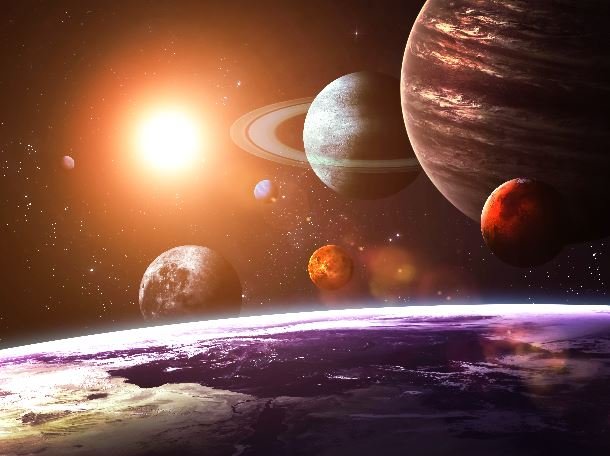Scientists have discovered 24 planets outside our solar system that they believe may have conditions even more suitable for life than Earth.
In a new study, led by Washington State University, the researchers detail the characteristics for these potential ‘superhabitable’ planets.
The planets are more than 100 light years away, but could be our best hope for finding life beyond Earth.
Professor Dirk Schulze-Makuch, who led the study, said: “With the next space telescopes coming up, we will get more information, so it is important to select some targets. We have to focus on certain planets that have the most promising conditions for complex life.
“However, we have to be careful to not get stuck looking for a second Earth because there could be planets that might be more suitable for life than ours.”
The planets include those that are older, slightly larger, slightly warmer and possibly wetter than Earth.
Life could also more easily thrive on planets that circle more slowly changing stars with longer lifespans than our sun, according to the team.
In particular, the researchers identified one planet that meets all the criteria for superhabitable planets, meaning it’s likely life could thrive there.
Professor Schulze-Makuch added: “It’s sometimes difficult to convey this principle of superhabitable planets because we think we have the best planet.
“We have a great number of complex and diverse lifeforms, and many that can survive in extreme environments.
“It is good to have adaptable life, but that doesn’t mean that we have the best of everything.”


















